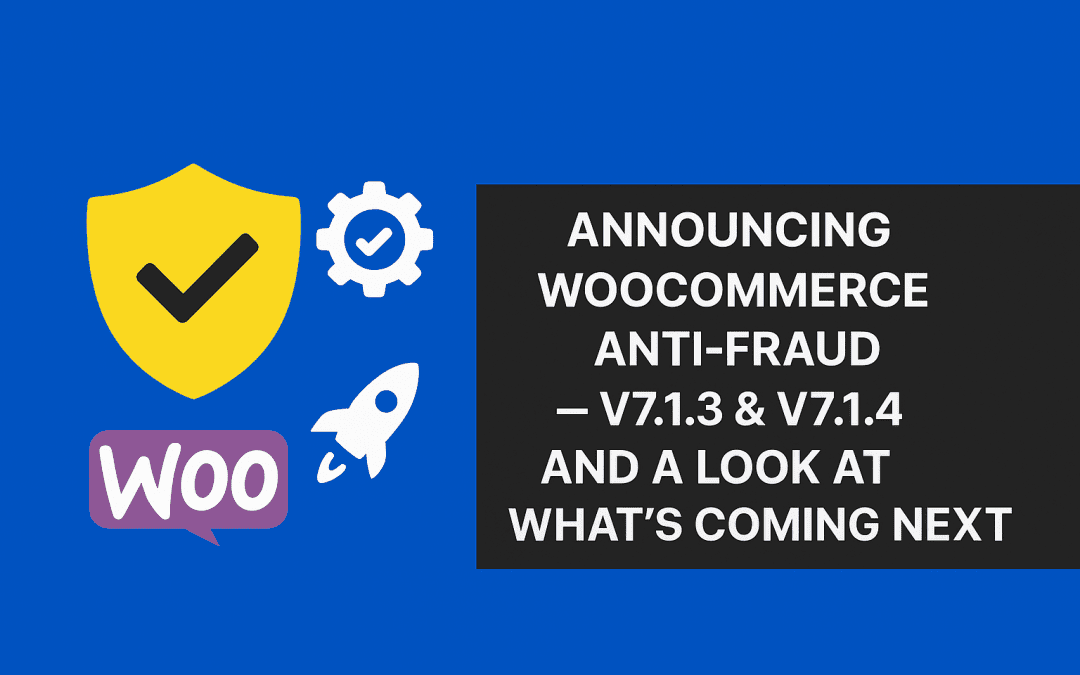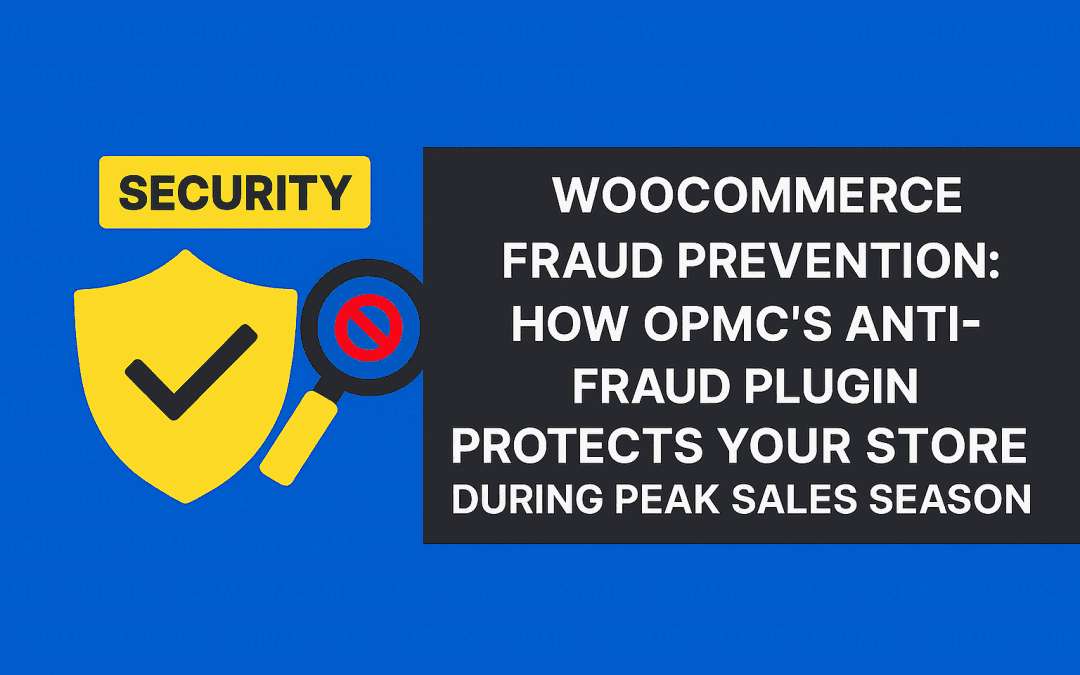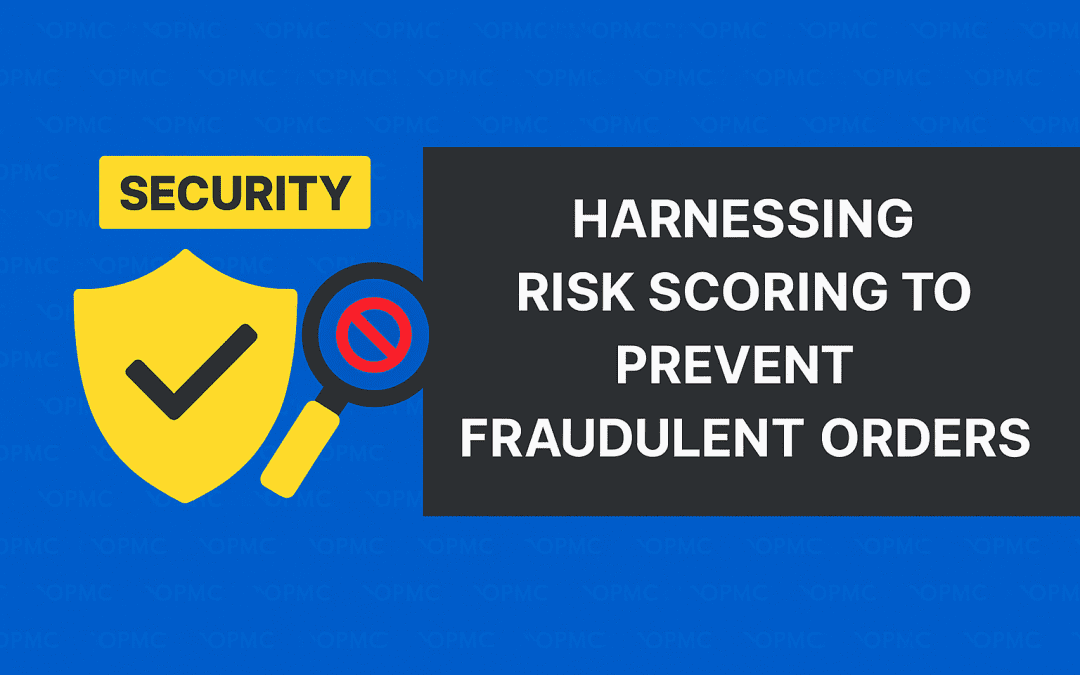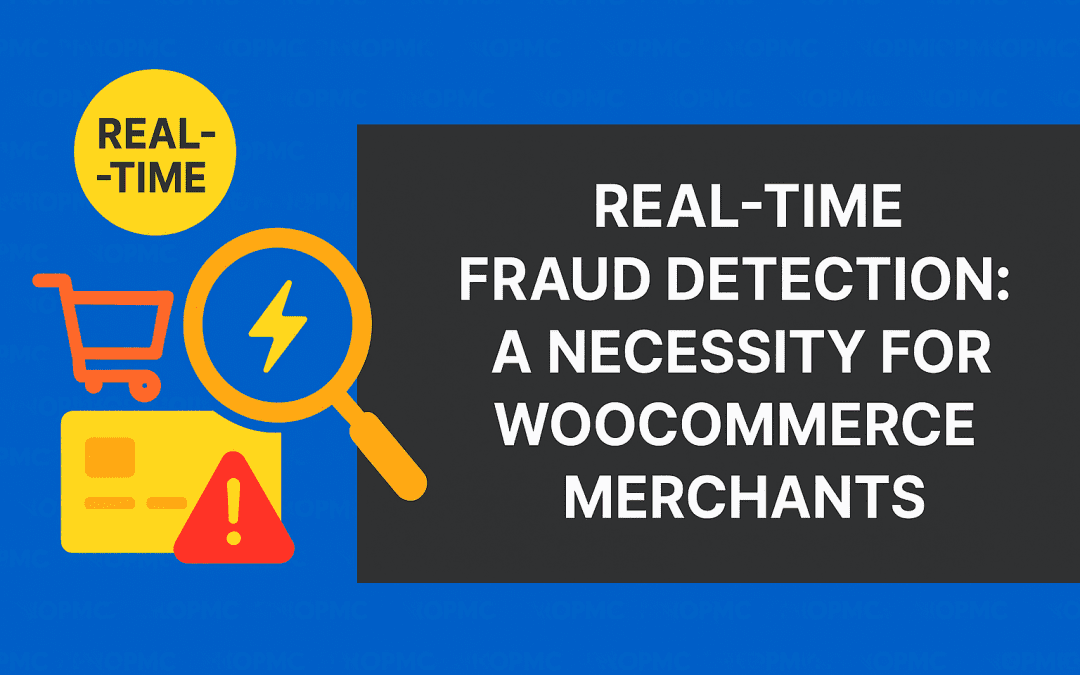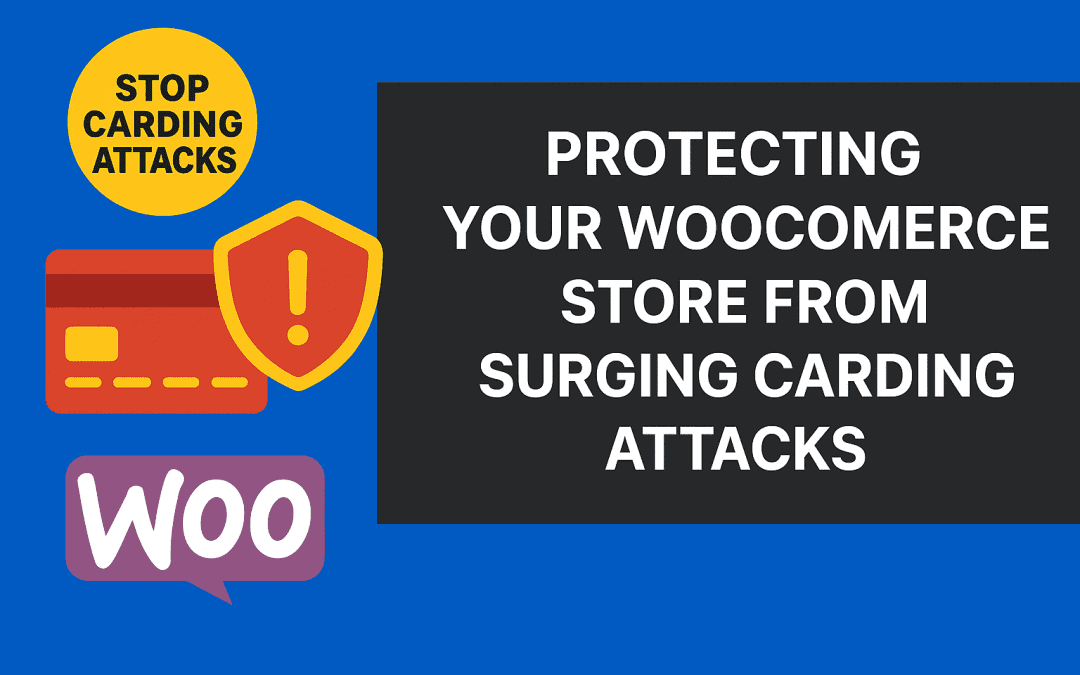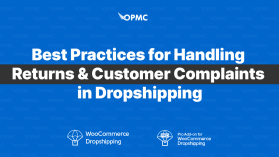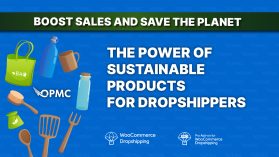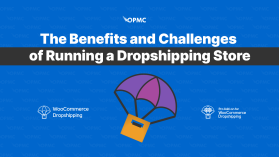If you’re trying to start a business, dropshipping is one of the best ways to go about it. You don’t have to worry about inventory, shipping and handling fees, returns, or refunds. It’s all done for you. In theory, this sounds great. But there are hidden costs that come from dropshipping that most people don’t consider when starting out on their journey toward entrepreneurship.
In fact, some of these hidden costs can cost your business more money than if you had gone with traditional distribution channels like physical stores or ecommerce reselling like Amazon. Let’s look at five of these hidden costs so that you know what’s involved before diving into the world of dropshipping.
Why Dropshipping is a Fantastic Business
Dropshipping is a fantastic business model for several reasons. First, it’s low risk. You don’t have to worry about inventory or paying for shipping because the supplier handles that on your behalf when they send an order to your customer.
Second, it can be scaled up quickly as demand increases, and there are no limits on how large your business can grow. That gives you plenty of room for growth depending on your niche, trending topics, and product availability.
Thirdly (and perhaps most importantly), dropshipping is profitable! You might be surprised at how much money you can make with this simple method. Many people do it part-time while holding down a full-time job elsewhere or start small and then build out to a full-time business in only a couple of months.
The opportunities are entirely up to the amount of innovation, research, and work you’re willing to put into the online store. Now, let’s discuss some more common hidden costs that can sneak up on you when you least expect it.
Hidden Cost 1: Shipping and Handling Fees
Think about any item you purchase from Amazon or a private seller. Most often, shipping and handling fees are not included in the price of your item. If you’re looking at an item that costs $10, but has a $3 shipping and handling fee on top of that, you’re paying $13 for something that could have been purchased locally for less than half of that amount.
The problem is that you’re competing with massive companies to offer dropshipping items. Therefore, you will need to set a price point that is reasonable to your customers, covers your shipping expenses, and returns a profit for your dropshipping business. If you don’t, these expenses will eat away at your profit margin, and you won’t grow as quickly as you might like.
Hidden Cost 2: Inventory Management
Inventory management is the process of keeping track of your inventory. This includes knowing how much you have in stock, what’s selling and what isn’t, if you have enough products to fulfill customer orders, etc.
Typically, a drop shipper wouldn’t have to worry about inventory, but the reason this is a hidden cost is that that concern is passed onto your supplier. You want to find a supplier with robust inventory management systems in place so that when you scale, they can meet that rapid demand in a timely manner. Otherwise, you risk losing customers.
Hidden Cost 3: Returns and Refunds
As a drop shipper, you may not be responsible for all returns and refunds. If a customer buys an item from your store and decides they don’t want it anymore, it might be up to your supplier to handle the return process.
However, you may still be on the hook for the cost of that refund. For example, if you are dropshipping custom t-shirts at $20 a pop and the customer wants a refund, you will be out of the $8 production cost, $2 shipping cost, and time of getting that item from A to B.
While it should wash out moderately in the end, if you are not careful, your accounting can take a hit, and you’ll start to build up expenses that may be missed.
Hidden Cost 4: Chargebacks and Fraud
Chargeback fraud is when a customer orders an item, receives it, and then asks for a refund. This can be a considerable problem for dropshipping businesses because the company that sold you your products will charge you back for the cost of those items.
The best way to prevent chargeback fraud is by requiring all customers who want to place an order through your site to provide their full name, phone number, and address before placing an order (and verifying this information).
The goal here is to mitigate the potential chances of chargebacks and ecommerce fraud so you don’t have too many of these orders popping up regularly.
Hidden Cost 5: Marketing and Advertising
Marketing and advertising are the most essential factors in your success as a drop shipper. If you don’t have any customers, then there’s no point in selling anything at all!
The problem with marketing is that it can be expensive. You need to consider how much time and money it will take for you to get noticed by customers and then keep them coming back again and again.
When considering these hidden dropshipping costs, think about paid advertising versus organic marketing. Paid ads work better when they’re targeted toward specific audiences, while organic methods tend to work better at attracting new visitors who aren’t familiar with what you’re selling yet.
If you are unaware of their subtle nuance, you want to hire out these skills. Budget for the cost of services, and you should be okay to maintain your revenue streams.
Automation is Key to Dropshipping Success
Automation is the key to dropshipping success. The more you can automate your business, the better off you’ll be. Having tools in place to reduce costs and spend less time micromanaging your dropshipping business gives you far more flexibility to manage customer relationships, expand product offerings, and build up your brand recognition.
One of the best ways to engage in dropshipping automation is through our WooCommerce Dropshipping plugin. This allows for significant supplier platforms to seamlessly integrate with your ecommerce dropshipping storefront.
You’ll experience an easy solution with customization configurations designed just for your needs. Download this powerful plugin today and solidify your leadership in dropshipping.
Conclusion
Dropshipping may seem simple, but there are hidden costs you need to consider. Dropshipping has become an increasingly popular business model in recent years because it allows entrepreneurs to start their own online stores without worrying about inventory or shipping costs.
However, there are several hidden costs associated with dropshipping that must be considered before starting your business. So make it easy on yourself and check out our various plugins for dropshipping, customer support, ecommerce security, and more, and give your dropshipping business the boost it needs!
Download WooCommerce Dropshipping plugin!
Download this powerful plugin today and solidify your leadership in dropshipping.

